Introduction
Masindi has a maizemill factory for milling large volume of maize. The local community consist of farmers that produces small volume of maize and have no chance of milling it themselves. The big factory cannot stop their production to help these farmers with their smaller quantities.
The solution is to build a community mill where the farmers can bring their bags of maize and have it milled. By providing a community mill one increases the value of the crop of the farmers. Maize is a seasonal crop and it is vital to get as much value as possible out of it.
At the mill they can choose which quality they would like: Some like the maize to be milled as is. Others like the first layer of skin to be removed. (This skin is perfect for food for cows). Other would again like skin layer one and two to be removed separately: Layer one for cows, layer two is used as chicken feed. The rest is for human consumption in Ugali: Approx. 65% ends up as maize flour for Ugali, 35% is a resource to be used or poultry or livestock.
Sustainability Profile
The community maizemill directly supports the following SDG's (Sustainable Development Goals) defined by The United Nations Development Programme:
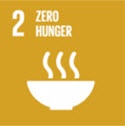 |
Zero hunger The mill ensures the farmers can have their maize cropp milled into flour so that they can make their porridge - Ugali. |
||
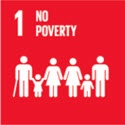 |
No poverty Milling of the maize produces 65% maize flour and 35% outher skin which is removed by a huller. The outer skin consist of two fractions: The outher is good for cows or other livestock to increase milk production. The inner layer is good for poultry footer. The farmers can either use it themselves or sell it to generate extra income. |
Furthermore it also indirectly supports the following sustainability goals:
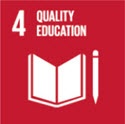 |
Quality education The increased income enables parents to send children to school. |
||
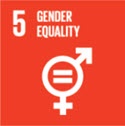 |
Gender equality. It is the women who get the maize milled and thereby get the income and can ensure it is wisely spent. |
||
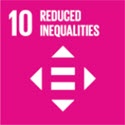 |
Reduce inequality. Income to the farmers put them higher up in the value-chain. |
Crowdfunding project
In order to construct the community mill some investments are needed. This project aims at raising funds for the following:
| Intitial investment | EUR |
| - cost of construction of shelter | 12000 |
| - cost of machines, installation & staff training | 10000 |
| - extension of three phase electricity to shelter and power meter | 3000 |
| - contingency | 5000 |
| - unexpected costs (15% of total costs) | 4500 |
| Total capital needed (EUR) | 34500 |
Economy / payback
Once the full amount has been funded, the money is transfered to the project developer and the work with constructing the mill will begin. The construction phase i expected to last 12 months, after which the mill can go into full-scale production.
Investments are paid back in the following portions:
Risk profile
Bla bla
Today we received the formal approval of the application to construct the maize mill, from the regional government. This means we are a big step closer to realise the project.
[This is an example of an update written to a project]
There was a story posted about ISIMBA project in the monthly UNDP Africa newsletter. The reason we receive all this attention, is because of the completely new way of attracting foreign investors into community-based projects. the article was very positive and.... etc. etc.
[This is an example of a propject update]
Her burde det finnes en fin presentasjon av prosjektet på norsk.... Ja, bokmål selvfølgelig ;)